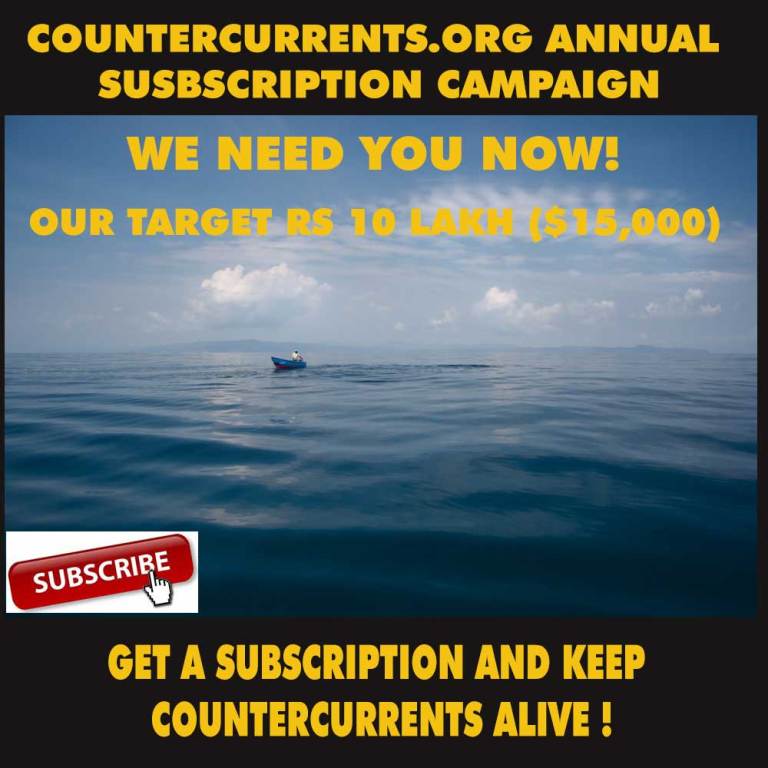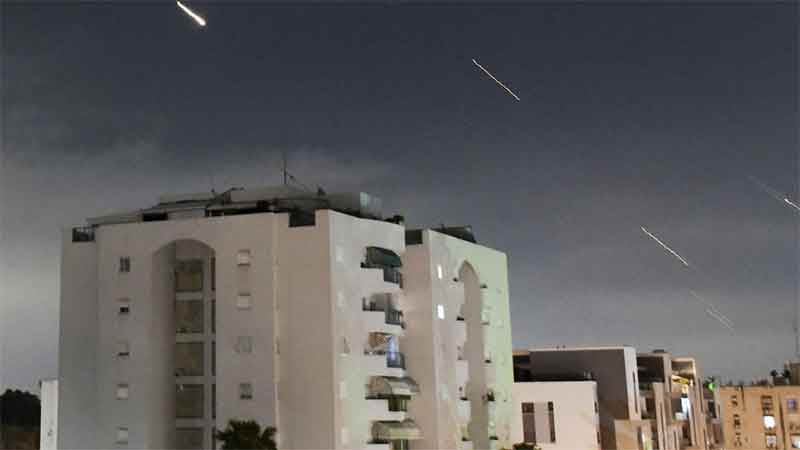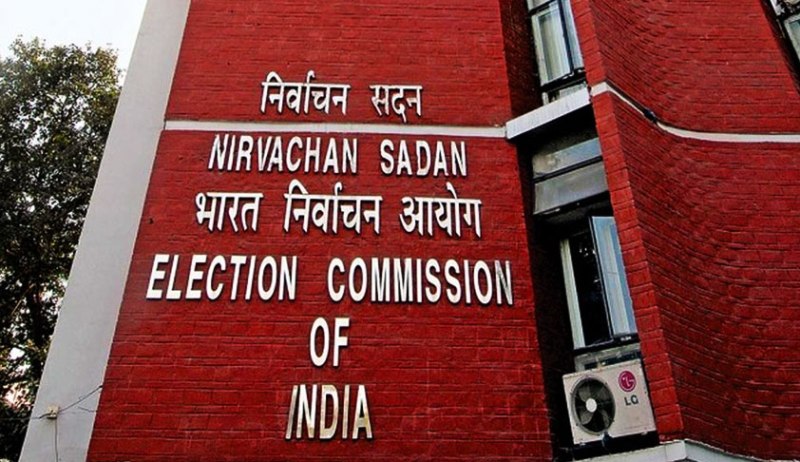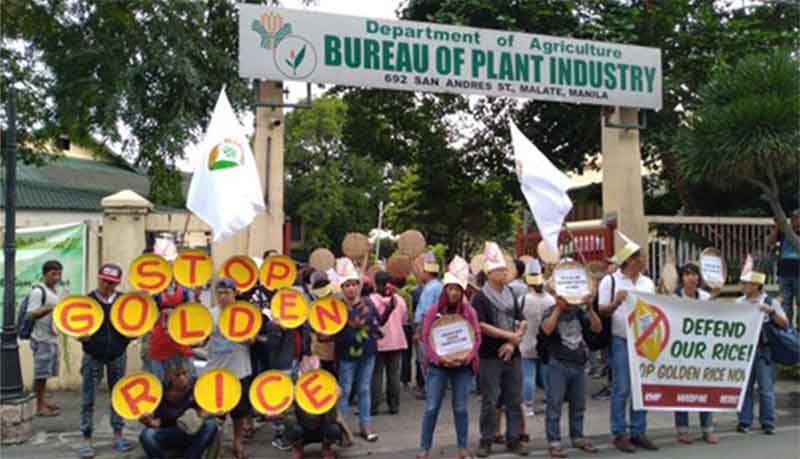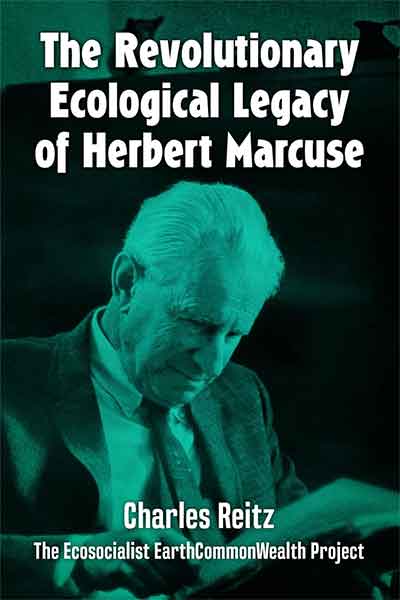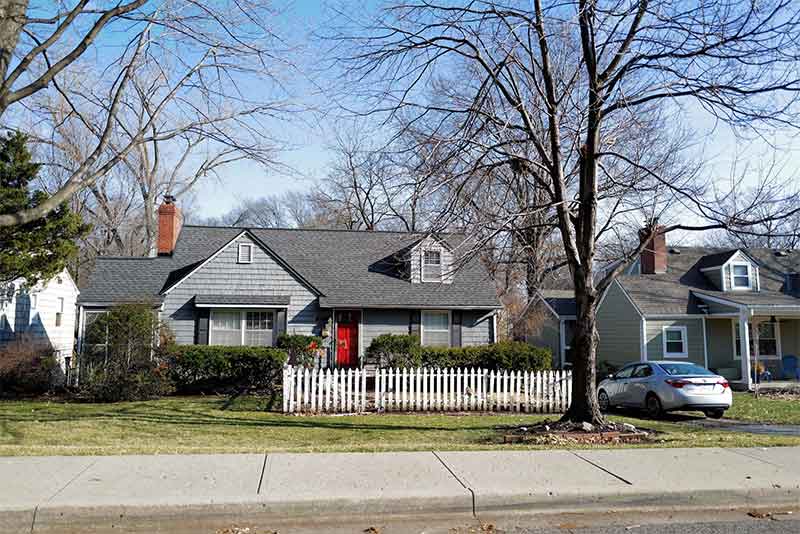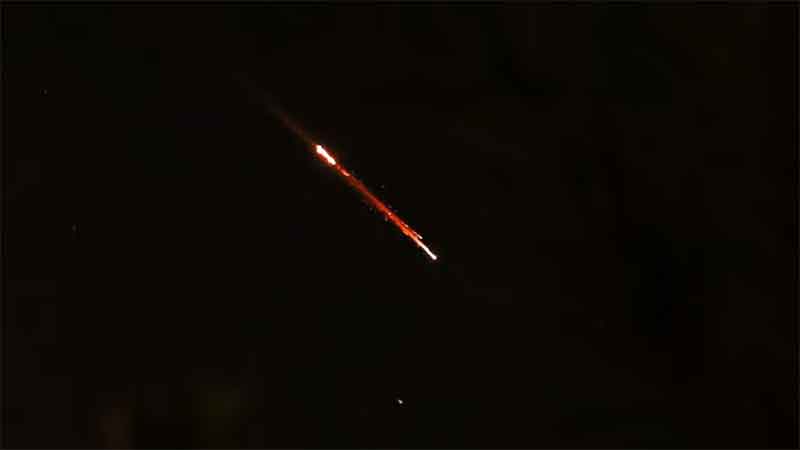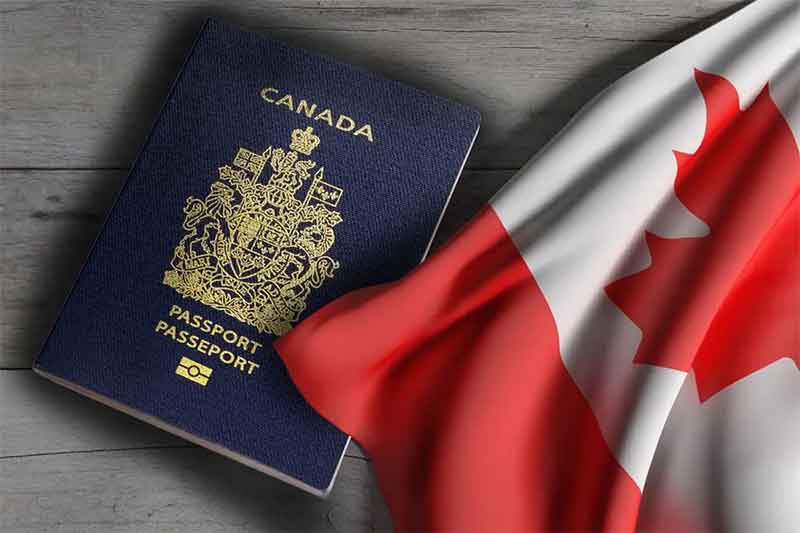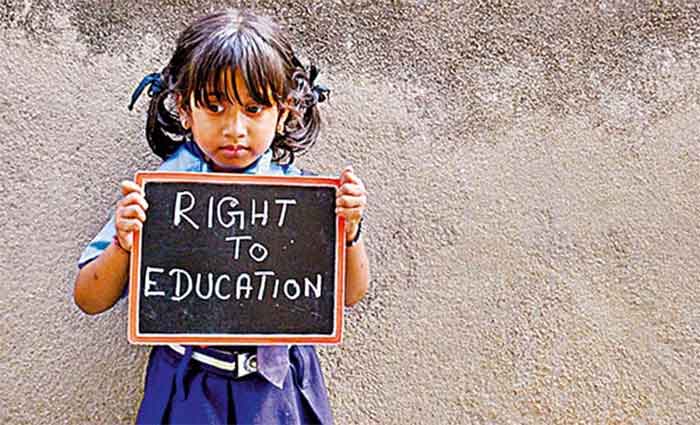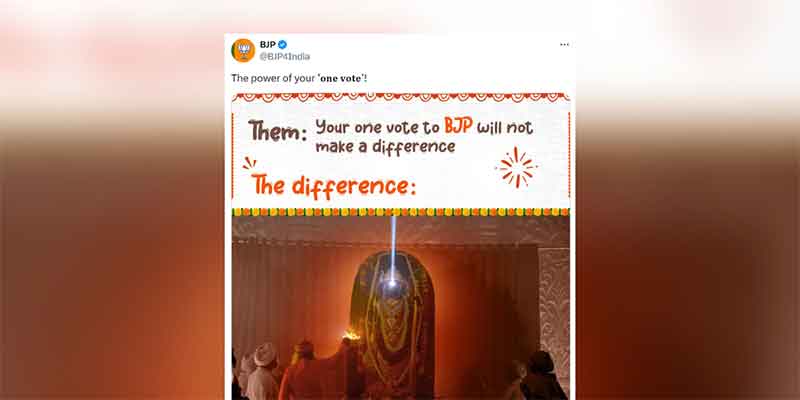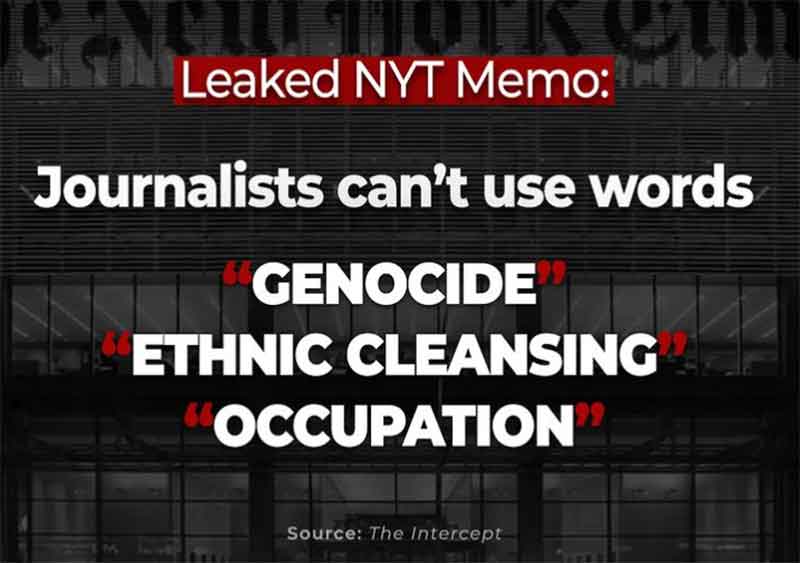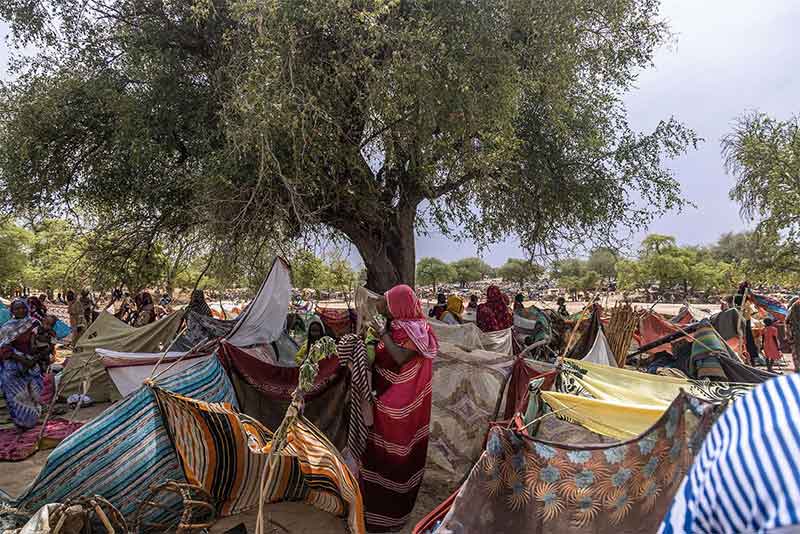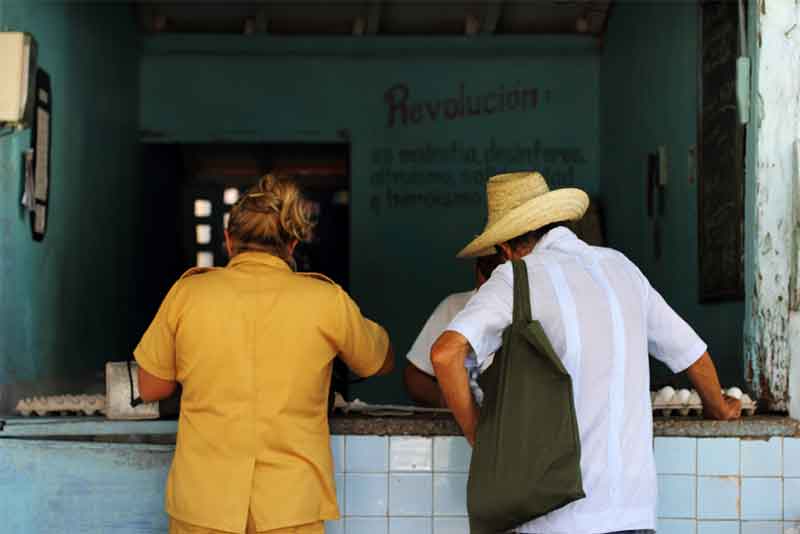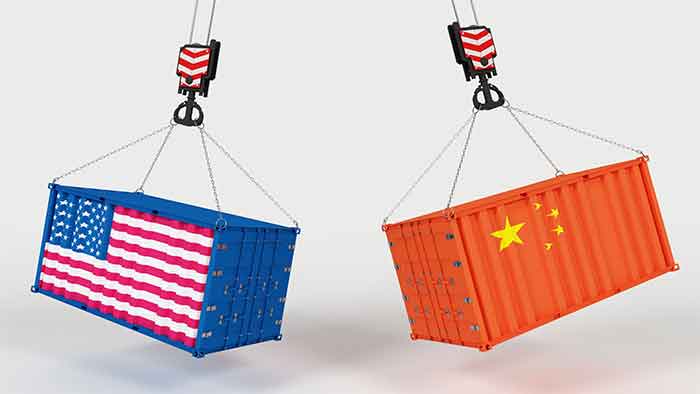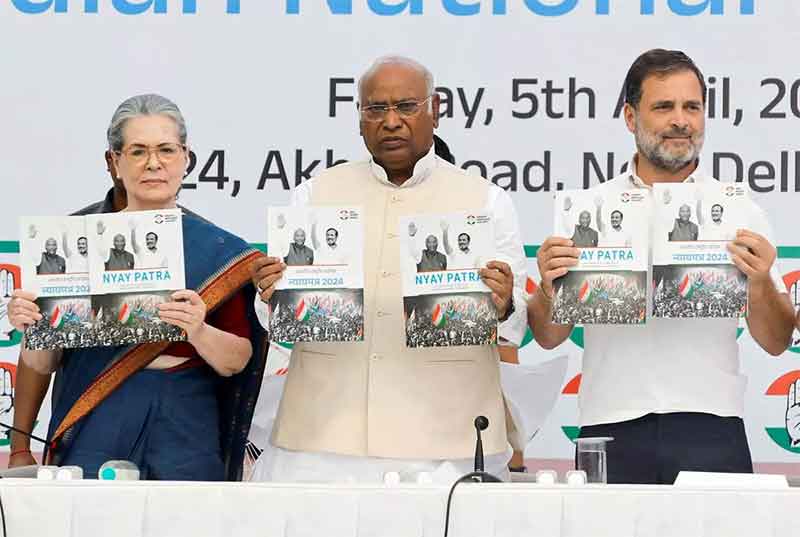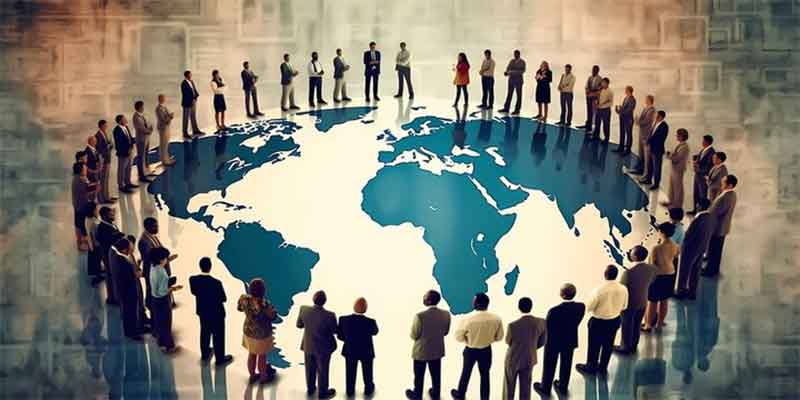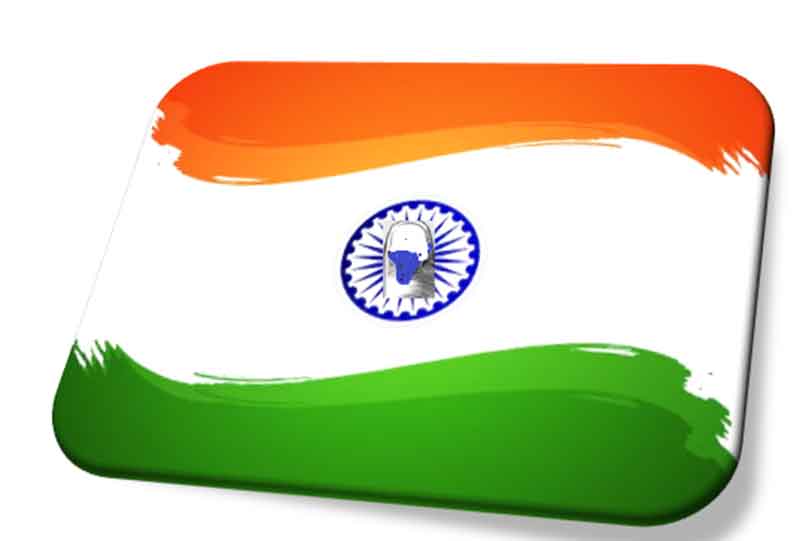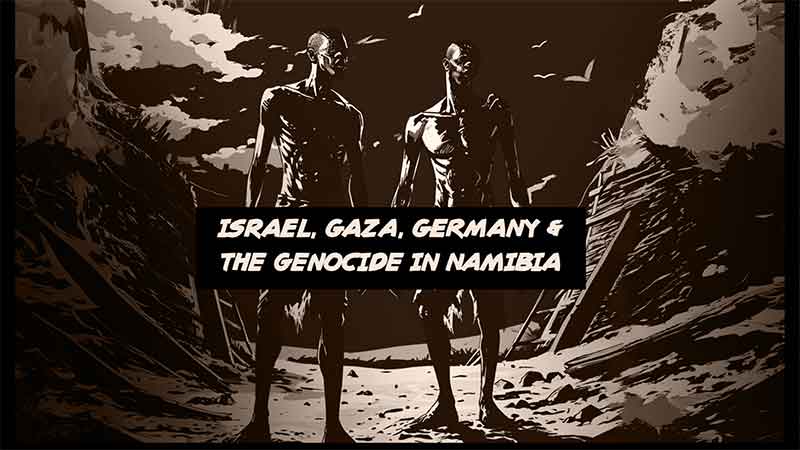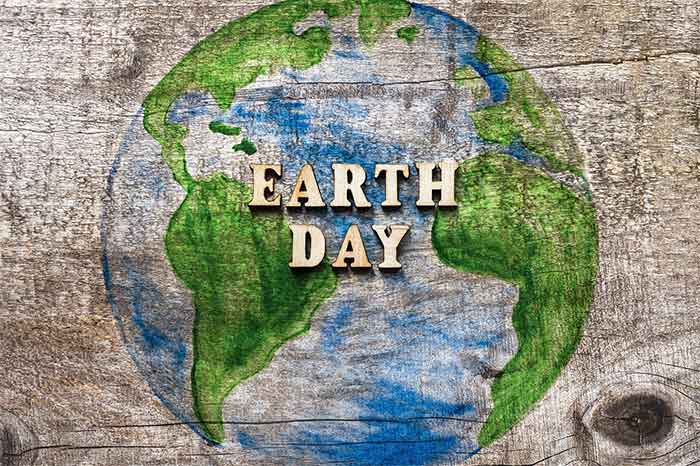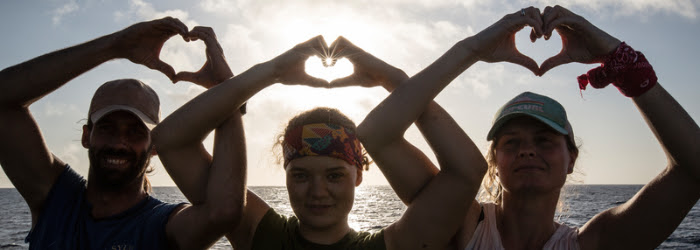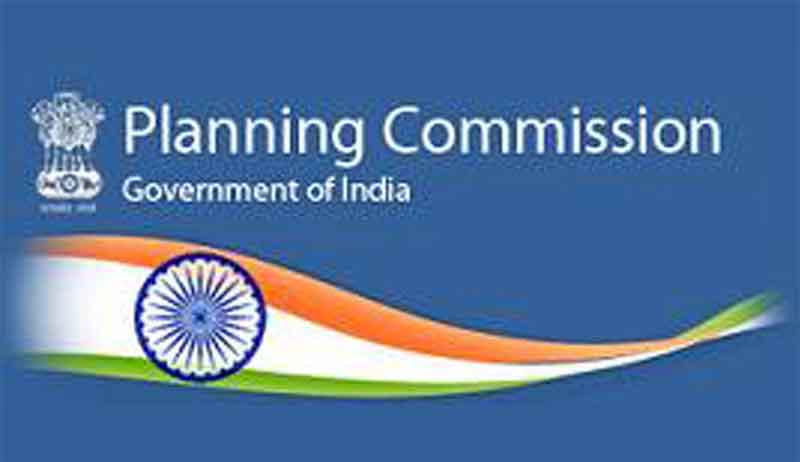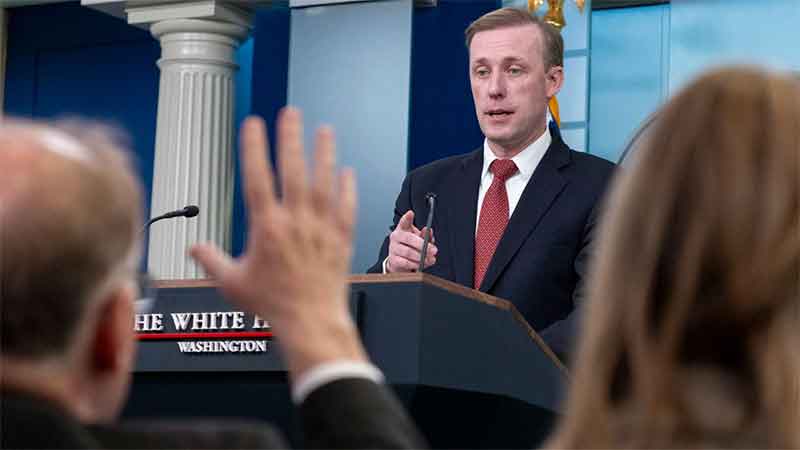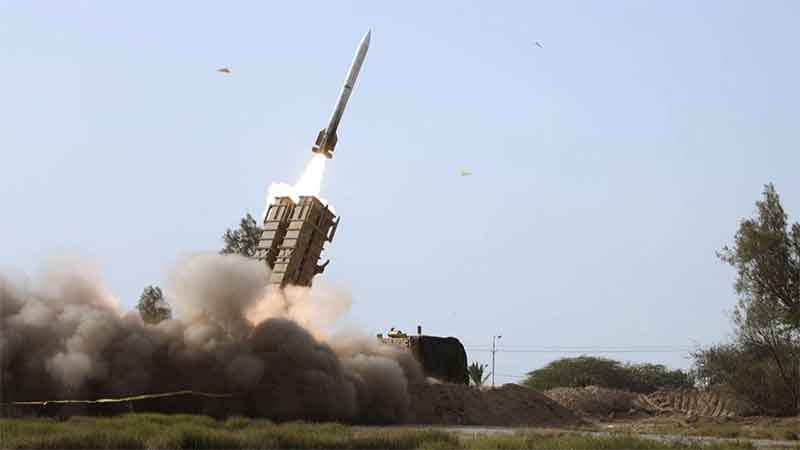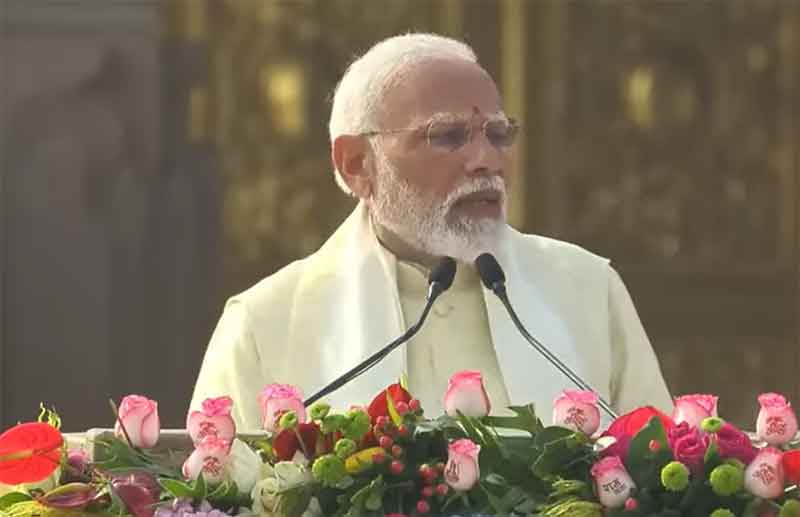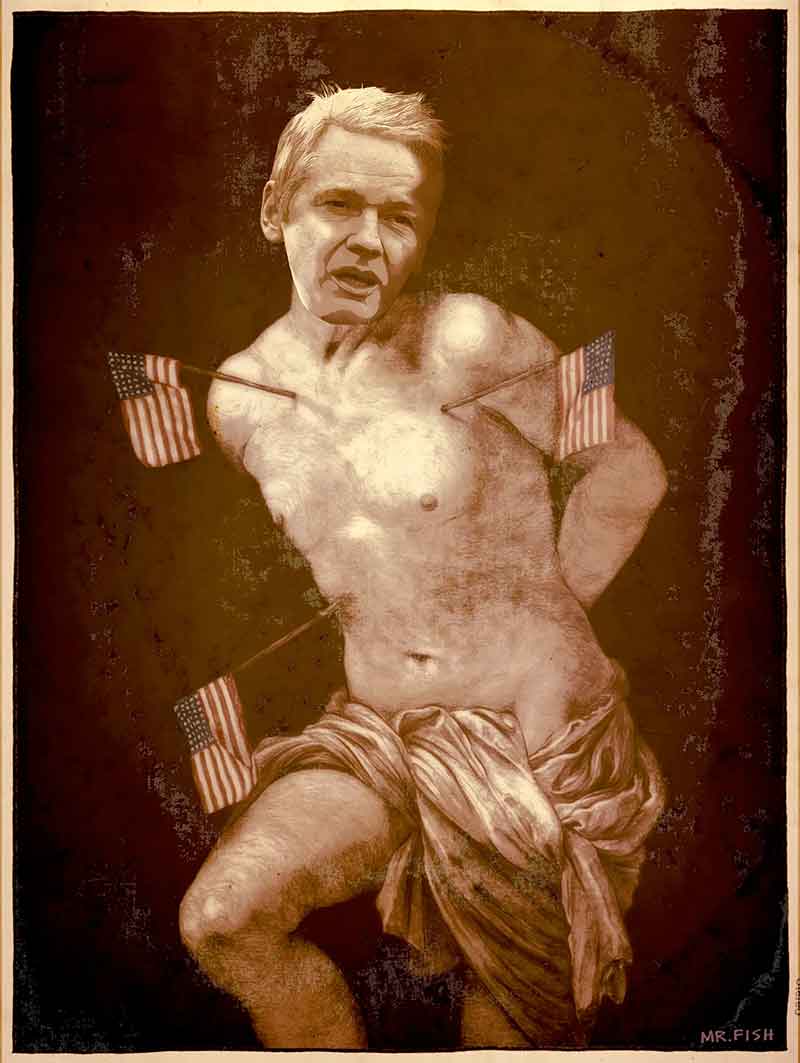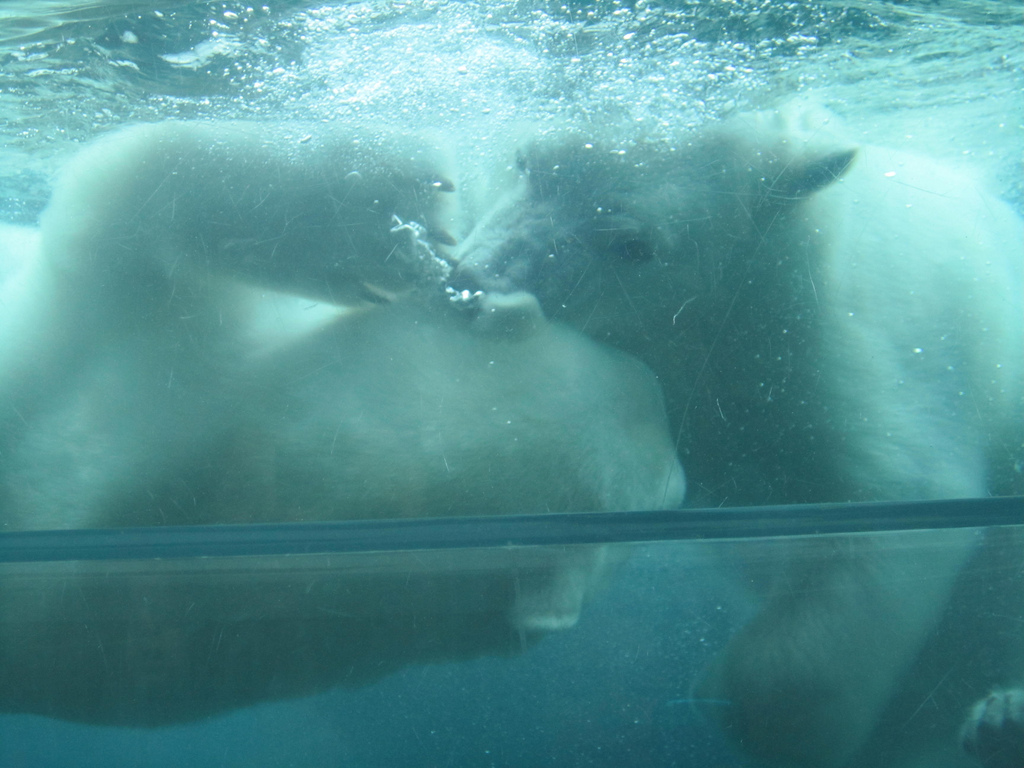

It happens that the offices of YES! are in a building complex that also houses Studio Hanson | Roberts, one of the leading zoo-design firms in the world. As a result, I recently found myself breaking bread with a group of folks shaping the future of U.S. zoos. The conversation quickly turned to the future of zoos, their relevance to modern society, and implications for how they are designed and managed—topics largely new to me.
One of the guests was Alejandro Grajal, recently appointed president and CEO of Seattle’s Woodland Park Zoo. As he noted in his recent contribution to the Center for Humans & Nature website, zoos and aquariums are extremely popular. In North America alone, Grajal says, about 180 million people visit zoos each year. Yet zoos are under attack by groups concerned about the well-being of animals.
What makes zoos so popular? Grajal says humans have an innate bond with animals: “Our relationship with animals makes us human.”
Since that dinner I have been pondering the question: Does our relationship with animals hold a key to the transition to a living Earth economy? Might strengthening that innate bond help us reawaken to the reality that we are animals ourselves—born of and nurtured by a living Earth?
For years, scientists warned against anthropomorphizing animals: Don’t attribute to them the emotions and motives you experience in yourself. Now scientists are themselves documenting a depth of emotions, remarkable problem-solving capacities, altruistic behaviors, playfulness, even an appreciation of beauty in a variety of animal species.
What if zoos turned the admonition against anthropomorphizing animals on its head? What if they encouraged us to see ourselves in the animals we observe? Their emotions. Their tendency to cluster in groups—or not. Depend on or turn against each other. Express love and anger. Court, mate, and raise their young. Nourish their bodies and deal with their wastes. Seek shelter and solitude.
In acknowledging our commonalities with animals, might we better understand ourselves? In coming to celebrate the diversity of species and even individual personalities within species, might we more easily come to celebrate the diversity within our own species?
In recognizing the implications of our destruction of the habitats on which other animals depend, might we more readily recognize the extent to which we are destroying the health and resilience of the living systems on which we also depend?
Zookeepers may actually be reluctant to encourage such identification. Call it the zookeeper’s dilemma. To know ourselves through the animals housed in zoos, we must identify with them. Such identification leads to compassionate concern for their unjust and involuntary confinement.
This concern is itself a positive sign of reawakening to our nature as living beings. Related calls to shut down zoos and free their confined residents, however, will do neither the world’s remaining wild animals nor ourselves a favor if it impedes our awakening to our animal nature and in turn to our dependence on and responsibility to the community of Earth life that sustains us all,
Many zoos have made giant strides in treating animals more humanely. They may be our best hope for saving species that once roamed wild in habitats now being destroyed by human encroachment.
The deeper issues go far beyond either compassion or issues of immediate utility. Ecosystems involve interdependence among many species in ways we are only beginning to understand. If we discount the survival of other species, we may imperil the survival of our own.
Zoos will not save us. Yet, especially for urban dwellers, they might become places where we experience and connect with other animals in ways designed to help us realize our humanity and the responsibility that comes with our distinctive ability to shape the habitats on which they—and we—depend. Acceptance of this responsibility sets the ground for our journey to a living Earth economy and a future in which all life can thrive.
David Korten wrote this article for YES! Magazine as part of his new series of biweekly columns on “A Living Earth Economy.” David is co-founder and board chair of YES! Magazine, president of the Living Economies Forum, co-chair of the New Economy Working Group, a member of the Club of Rome, and the author of influential books, including When Corporations Rule the World and Change the Story, Change the Future: A Living Economy for a Living Earth. His work builds on lessons from the 21 years he and his wife, Fran, lived and worked in Africa, Asia, and Latin America on a quest to end global poverty. Follow him on Twitter @dkorten and Facebook.
YES! Magazine encourages you to make free use of this article by taking these easy steps. Creative Commons License


